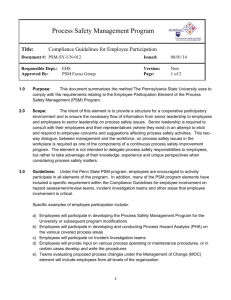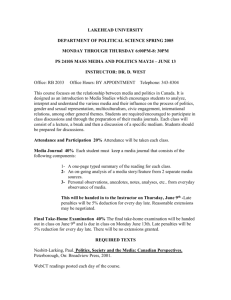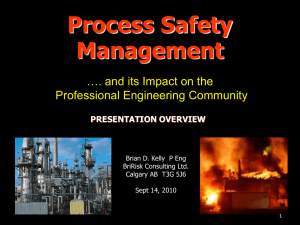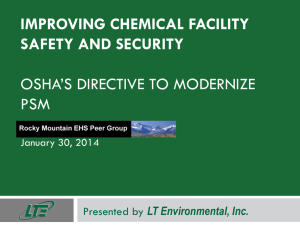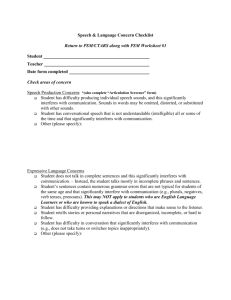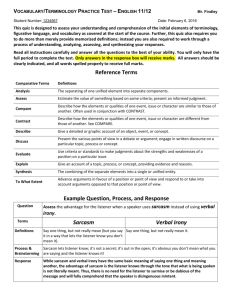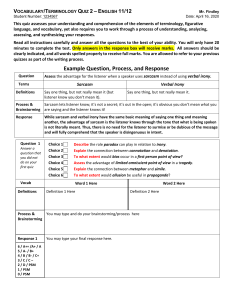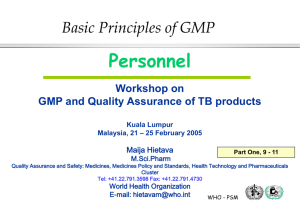Preliminary program
advertisement
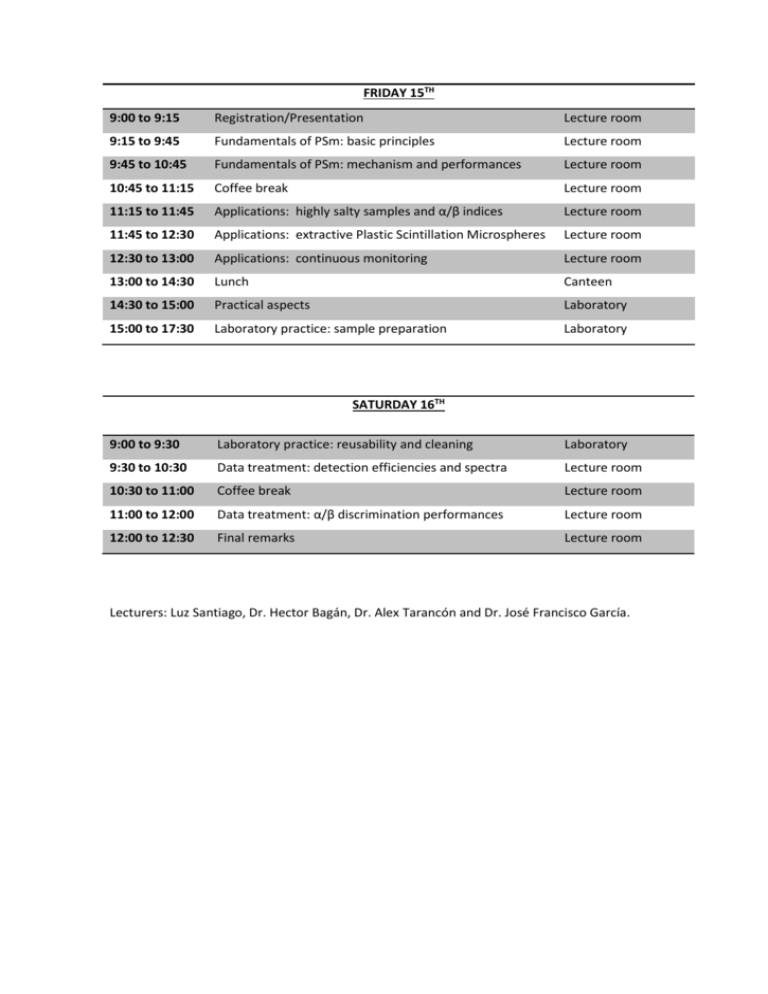
FRIDAY 15TH 9:00 to 9:15 Registration/Presentation Lecture room 9:15 to 9:45 Fundamentals of PSm: basic principles Lecture room 9:45 to 10:45 Fundamentals of PSm: mechanism and performances Lecture room 10:45 to 11:15 Coffee break Lecture room 11:15 to 11:45 Applications: highly salty samples and α/β indices Lecture room 11:45 to 12:30 Applications: extractive Plastic Scintillation Microspheres Lecture room 12:30 to 13:00 Applications: continuous monitoring Lecture room 13:00 to 14:30 Lunch Canteen 14:30 to 15:00 Practical aspects Laboratory 15:00 to 17:30 Laboratory practice: sample preparation Laboratory SATURDAY 16TH 9:00 to 9:30 Laboratory practice: reusability and cleaning Laboratory 9:30 to 10:30 Data treatment: detection efficiencies and spectra Lecture room 10:30 to 11:00 Coffee break Lecture room 11:00 to 12:00 Data treatment: α/β discrimination performances Lecture room 12:00 to 12:30 Final remarks Lecture room Lecturers: Luz Santiago, Dr. Hector Bagán, Dr. Alex Tarancón and Dr. José Francisco García. Registration and presentation (Friday 15th, from 9:00 to 9:15 at lecture room) Delivery of the workshop documentation Presentation of the workshop Fundamentals of PSm: Basic principles (Friday 15th, from 9:15 to 9:45 at lecture room) Plastic scintillation microspheres (PSm) vs liquid scintillators: general characteristics PSm: shape, size, compositions and suppliers Advantages and disadvantages Main applications Characteristics of the vial preparation and measurement Fundamentals of PSm: mechanism and performances (Friday 15th, from 9:45 to 10:45 at lecture room) Mechanism and quenching effects Particle quenching: effect of the PSm diameter and sample composition o Monte Carlo simulation o Optical quenching Effect of the PSm composition α/β separation with PSm Applications: highly salty samples and α/β indices (Friday 15th, from 11:15 to 11:45 at lecture room) Samples with high ionic content: determination of a 14C radiotracer in samples coming from separation processes Determination of α/β indices in water samples Applications: extractive plastic scintillation microspheres (ePSm) (Friday 15 th, from 11:45 to 12:30 at lecture room) ePSm: separation and vial preparation in a single step Application to the quantification of 90Sr/90Y in water samples Application to the quantification of a 14C radiotracer Novel applications: scintillation imprinted polymers Applications: continuous monitoring (Friday 15th, from 12:30 to 13:00 at lecture room) Continuous monitoring of radioactivity: the case of alpha and beta radionuclides Basic performances of a detection cell based on PSm Stability and memory effects Analytical quality parameters for low level monitoring Application to the monitoring of Ebro river Practical aspects (Friday 15th, from 14:30 to 15:00 at laboratory) Vial preparation Vial homogenization: sonication and centrifugation Measurement Post-measurement and reusability: filtering and cleaning Laboratory practice (Friday 15th, from 15:00 to 17:30 at laboratory) Formation of working groups and material distribution Preparation of samples: background, beta ( 3H, 63Ni, (241Am) Homogenization of vials Measurement 14 C, 36 Cl, 90 Sr/90Y…) and alpha Laboratory practice (Saturday 16th, from 9:00 to 9:30 at laboratory) Filtering of the sample vials and PSm cleaning Data treatment: detection efficiencies and spectra (Saturday 16th, from 9:30 to 10:30 at lecture room) Background: values and spectra Beta and alpha radionuclides: detection efficiencies and spectra Data treatment: α/β discrimination performances (Saturday 16th, from 11:00 to 12:00 at lecture room) α/β separation in Quantulus detector α/β separation in Triathler detector
